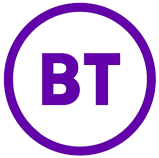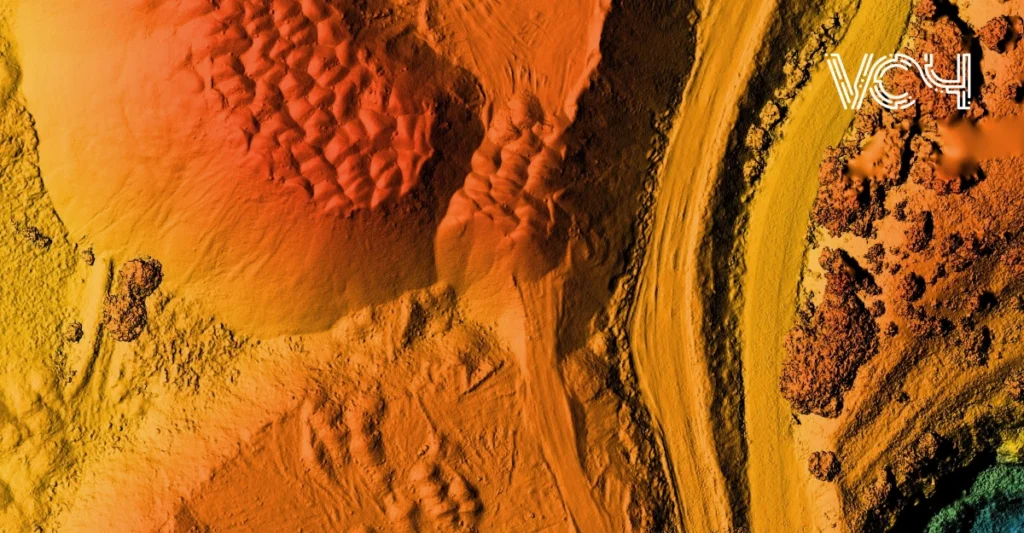Why Static GIS Fails in a Living Network of Telecom
Trusted by:

















Telecom networks never sit still. And lucky for us that they don’t 😉 Every new splice, fiber activation, leased line disconnection, or re-route alters the picture on the ground. Yet some IT Operations, Engineers or Sales departments at many operators still lean on static GIS maps created during the planning phase. Those drawings may look detailed, but they drift from reality the moment construction begins and continue diverging with each change in the network.
For years, static GIS served its purpose in planning fiber builds and managing permits. But in operations, it really has become a liability. Engineers waste hours in the field because records are wrong. Managers cannot see the impact of outages on customers. Finance continues billing ghost services because systems don’t match reality.
This gap has given rise to a new approach: the network twin, or more accurately, a living inventory system. Unlike static maps, a network twin is a continuously synchronized model of the network that integrates geography, inventory, telemetry, and service context. It reflects the network as it exists today, not as it was once drawn.
And this evolution isn’t theoretical, solutions from VC4 like Service2Create (S2C) are delivering these capabilities today.
So why were there static GIS Maps in the first place?
Seems like an obvious question but before dismissing static GIS entirely, it is worth remembering what it did well. GIS transformed telecom planning in the 1990s and 2000s when operators first began building large-scale fiber and mobile infrastructures.
What Static GIS did Well
- Planning and design: Static GIS brought structure to design work. Planners could map duct occupancy, visualize fiber routes, and share layouts across teams. It became the language for coordinating large-scale builds.
- Field operations: Maps helped technicians locate handholes, cabinets, and splice points. Even if imperfect, having a digital drawing was far better than outdated paper records.
- Service qualification: Sales teams could quickly check whether a customer address was inside the service footprint, enabling faster responses to enterprise bids.
- Regulatory compliance: Coverage maps allowed operators to demonstrate reach and meet reporting obligations to regulators and governments.
For years, these functions were sufficient. Networks were relatively stable, service catalogs predictable, and most assets remained fixed once deployed. A static picture was “good enough.”
The Ceiling of Static GIS
As networks grew more complex, static GIS reached its limits.
- It represents where things are, but not how they interact.
- It captures space, but not time.
- It shows infrastructure, but not the services riding on top of it.
This ceiling becomes visible in daily operations. A map can show where a duct runs, but not whether the fiber strands inside are active, dark, or reserved. It can show where a cabinet is located, but not which customers would be affected if that cabinet loses power.
Modern telecoms require a live, integrated system that keeps pace with constant change. Static GIS was never designed for that role.
Why Static GIS Fails in Telecom Operations
At first glance, GIS should be the operator’s single source of truth. In practice, static implementations create confusion.
- As-planned vs. as-built: Construction rarely matches the original design. Contractors may route fiber differently, add slack, or place splices in unexpected locations. The map quickly diverges from reality.
- Updates lag behind the field: New connections are often made directly in the field, while the GIS update happens weeks later, if at all.
- Lack of service context: Traditional GIS shows ducts and cables, but not which services or customers depend on them. When a route fails, operations teams cannot see the full impact.
- Limited integration: GIS is typically isolated from OSS and BSS systems. That means topology data is disconnected from alarms, SLAs, and billing records.
Engineers on the ground know this. Ask them about GIS accuracy and many will say: “It is useful for planning, but not for day-to-day operations.”
The GIS Silo: How Costs Multiply
A siloed GIS impacts more than accuracy; it multiplies costs across the organization.:
- Operations: Outages take longer to resolve because fault locations are unclear. Mean time to repair increases, frustrating customers and raising SLA penalties.
- Engineering: Work orders duplicate because teams cannot see what has already been built.
- Business: Legacy leased lines and MPLS circuits remain billed even after disconnection, leading to disputes and revenue leakage.
- Finance: CapEx is wasted on unnecessary buildings because existing ducts and capacity are invisible.
When GIS is disconnected from OSS and BSS, each department maintains its own picture. Instead of one source of truth, the operator maintains three and none of them are reliable.

What a Network Twin Brings to the Table
A network twin is more than a map. It is a continuously updated model of the network that connects geography with inventory, live data, and service context.
Key characteristics include:
- Unified data: GIS records are directly connected to inventory systems, keeping physical, logical, and service data in sync.
- Automated reconciliation: Network data is regularly synchronized from NMS, EMS, and command-line interfaces to ensure it matches the real network state.
- Operational context: The twin layers services and customers on top of physical infrastructure, so the impact of changes or failures is immediately visible.
- Trustworthy records: All teams inclusive of engineering, operations, and business, all work from a shared, up-to-date source of truth.
This turns GIS from a static drawing into an operational tool that engineers, operations, and business teams can all rely on.
Practical Benefits of Moving Beyond Static Maps
For Engineering Teams: Accurate records reduce wasted truck rolls. Engineers can locate faults faster, avoid duplicate work, and trust that the system matches what they see in the field, especially when real-time updates from the field are supported, like redlining or mobile GIS input.
For Operations: Ghost services and unused infrastructure become visible. Identifying and eliminating them helps reduce billing errors, disputes, and unnecessary OPEX.
For Business and Finance: Ghost services and unused infrastructure become visible. Identifying and eliminating them reduces OPEX and protects revenue.
For Compliance and Reporting: Instead of building reports from multiple systems, a network twin provides consistent, auditable data that satisfies regulatory requirements.
The Shift Already Happening
Several industry pressures are forcing the move from static maps to network twins, and more broadly, toward systems that are continuously aware of both physical and logical changes:
- Fiber expansion (FTTx): Planning tools cannot keep up with rapid customer activations and churn. Without twin, inventory accuracy collapses after rollout.
- Legacy networks: MPLS and leased line circuits often remain billed long after they are decommissioned. Twins help expose and eliminate these mismatches.
- Customer expectations: Enterprises demand faster provisioning and guaranteed SLAs. Static GIS cannot deliver the visibility required.
Steps Toward a Network Twin
The transition does not happen overnight. Operators can take progressive steps:
- Link GIS and inventory data, so that planning and operations always use the same information.
- Implement reconciliation tools to detect and correct mismatches between records and reality.
- Add service and customer context, to track business impact, not just physical assets.
- Provide audit trails and visual tracking of how data is updated therefore building trust in the system.
- Roll out in stages, starting with a specific domain (e.g. leased lines or FTTx), and scale as trust grows.
Each step increases trust in the records and reduces the gap between what is planned and what exists.
The Road Ahead: From Maps to Twins
The network twin represents the next stage in this evolution. It transforms GIS from a passive drawing into a dynamic system, one that evolves with the network, integrates with business logic, and continuously reflects operational reality. Operators that make this shift will cut waste effort, protect revenue, and deliver service experiences their customers can trust. Those that do not will remain stuck with inaccurate records, rising costs, and frustrated engineers. The path forward is clear: networks need living systems, not static maps.
Want to evaluate whether your GIS and inventory are ready for this shift? Use our OSS checklist to assess readiness across planning, operations, and service assurance.
Curious how Service2Create turns maps in your network? Request a demo with our team based on your current setup.






